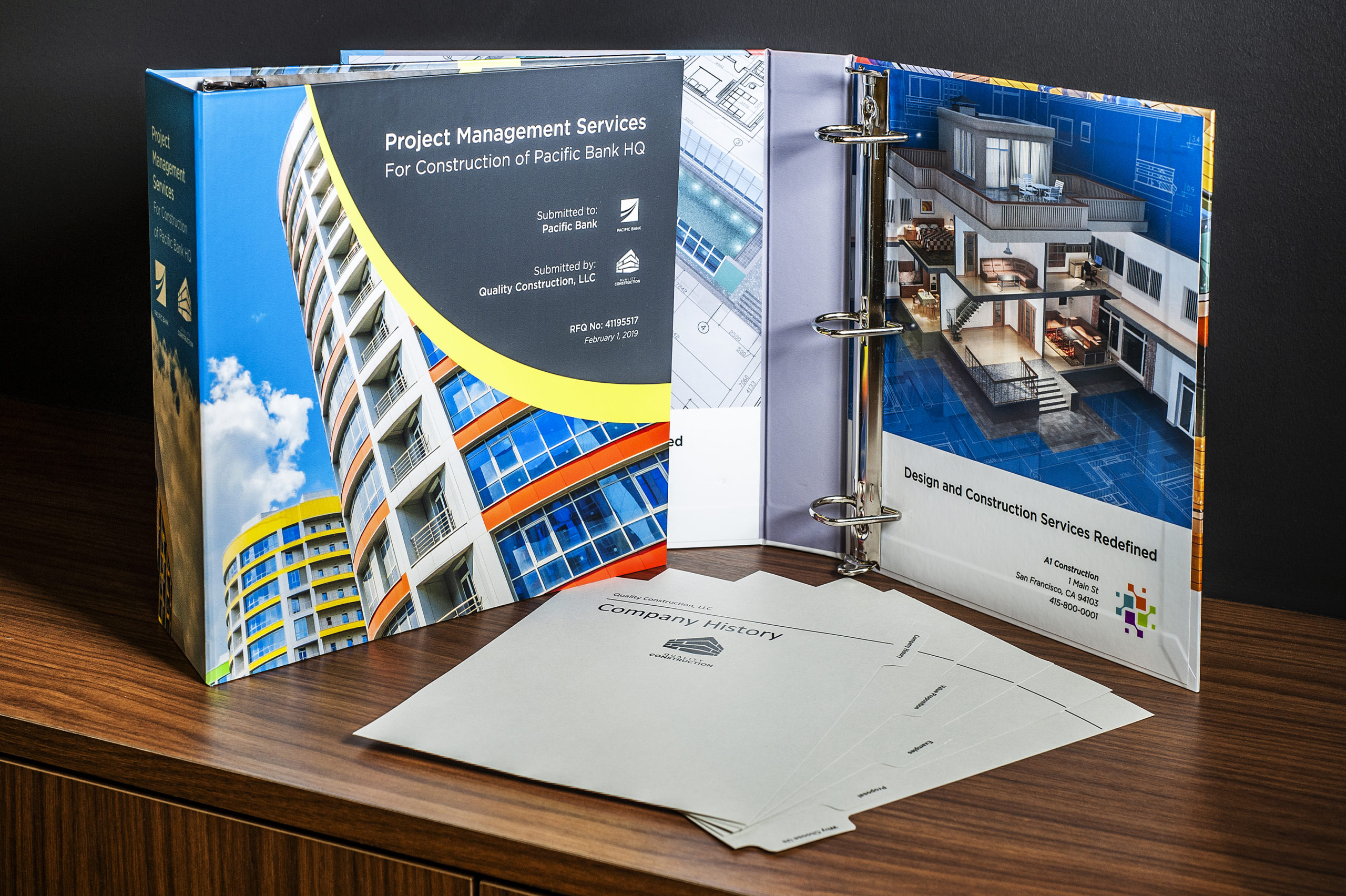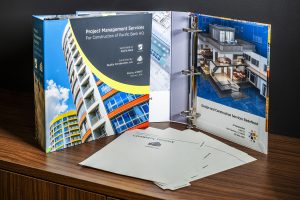
In any business, there’s the business of what you do and there’s the business of landing customers. Many businesses fail not because they’re bad at what they do, but because they can’t attract customers.
Architectural, engineering, and construction firms are no exception.
According to one study, in the AEC industry, the average bid hit rate falls in between 37 and 44 percent. Another study showed that the average bid hit rate is between 10 and 50 percent, though that varies based on the type of project and firm.
Either way, considering that a 50 percent bid win rate would put your firm among the industry’s elite, what’s clear is that winning bids is not easy. But we’re here to help by presenting six things your firm can do to win more bids.
1. Prioritize Value Over Cost
It’s tempting—especially when you’re struggling to win bids—to submit aggressively low bids just to get some work coming in the door. But that’s not a recipe for long-term, sustained success, nor does it create much value for you or your client. Even if you win the bid, anything less than perfect performance means your already-thin profit margin gets trimmed further.
Plus, if your bid turns out to be unrealistic, you’ll eventually need to have the awkward conversation with your client that things aren’t going to plan. Schedules will get thrown out of whack, the rush will cause errors and poor work, and the price of the project will end up higher than it would have been if you’d started with a realistic bid.
Prioritize value rather than cost in your bidding strategy and everything else will fall into place.
2. Communicate Well
If your firm’s bid win ratio is on the low side, it’s common to focus on getting through as many bids as possible. But it’s important to recognize that the bidding process is not just about getting a proposal back to the client as fast as possible. It’s also a bit like a job interview and you should treat it as such.
During a job interview, you want to seem interested and inquisitive, so you listen carefully and ask good questions. Not only does this show that you’re more likely to submit an accurate bid, but it also helps your firm establish a more memorable relationship with the client and keeps you on their radar.
3. Strengthen Your Brand with Custom Binders
You’re not going to win every bid. But you can leave an impression on prospects with every single  bid by presenting a strong brand.
bid by presenting a strong brand.
One surefire way to do that is to present your bids in the format of a custom branded binder. Since the bid is an opportunity for your firm to pitch its services, it’s also an opportunity to pitch your brand. And even if you end up losing the bid itself, you’ll increase brand awareness for your firm which will pay dividends in the long run.
4. Go After the Right Jobs
Every project is unique and competition for jobs is fierce, so the days of shotgunning out bids to every job that comes over your desk are long past. Being strategic and thoughtful about what jobs your firm pursues enables you to allocate resources as efficiently as possible. To be strategic, though, it’s critical to understand what an ideal project looks like for your company.
Figure out the specifications of your most successful projects. Look at the size and length of the project, the type of client, and other relevant details and create a hypothetical, ideal project. Of course, you’ll rarely come across ideal projects, but this will give you a good basis for what jobs are right for your firm and what jobs aren’t.
5. Create a Systematic Process
Building off of the idea of creating an ideal project, you can use this hypothetical job as a basis for your systematic process of selecting projects to bid on. The goal of this exercise is to make it easy for your firm to quickly identify the key factors that make it a no-brainer to either pursue or not pursue a project. But don’t stop there.
Any repetitive bidding processes—such as formatting the bid itself—should have a template or checklist, if possible. For example, you could have different processes for different project delivery methods or for public vs. private projects. Essentially, anything you can do to cut down on tedious, repetitive tasks in the process will help you win more bids because you can focus more on value-add activities.
6. Track Your Efforts
It has become a cliche now, but the saying, “What gets measured gets done,” holds true when it comes to the construction bidding process. Yet in a survey that best-selling author and business coach George Hedley conducted, “less than 6 percent” of the 2000 design-build companies he surveyed said they knew and tracked their bid-hit ratios.
Of course, your bid-hit ratio isn’t the only thing you should track but it’s a great place to start. Once you get enough data you can start to analyze which marketing channels are bringing in the best bids, what type of projects you’re winning bids on, and much more. Based on what the data tells you, your firm can make more educated decisions about when and where to allocate resources.
The Best Bidding Strategies are Long-Term Plays
It’s true… prioritizing value, tracking your efforts, using custom binders, and the other methods mentioned take time and money. But in the long run, these efforts will pay dividends far in excess of the initial investment in the form of more customers and lower customer acquisition costs. In the end, it’s all about creating a process that positions your firm to focus less on chasing deals and more on getting work done.
Plus, you don’t have to (and shouldn’t) start doing everything mentioned all at once. Instead, start small. Revamp your proposals and help them stand out with a custom binder or start a simple spreadsheet to track your bid-hit ratio.
Get your custom binder in 3 easy steps here.
Related
Communicate Value and Win More Bids with a Custom Bid Package
The 7 Hot Products Saving Time and Money on Jobsites Everywhere